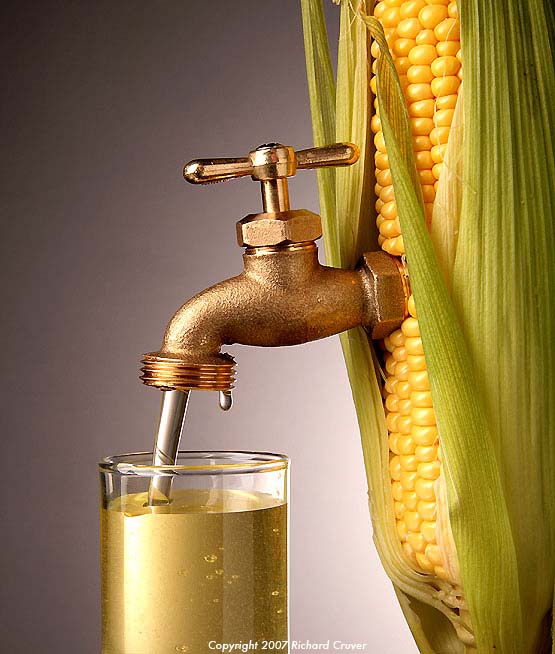Corn Use in Ethanol Expected to Rise, According to USDA

The increased use of biofuels as an alternative energy source should help prop up agricultural commodities like corn. As such, the U.S. Department of Agriculture is forecasting an increased use of corn in ethanol for 2023-2024.
“The USDA increased its forecast for 2023-’24 corn use in ethanol in its latest World Agricultural Supply and Demand Estimates Report, released Jan. 12,” an Ethanol Producer report noted.
Harsh weather conditions in other parts of the globe have been putting more pressure on U.S. corn farmers to increase production. Given this dichotomy of global supply, the U.S. corn outlook calls for greater production for the rest of the year.
“The 2023-’24 U.S. corn outlook is for greater production; larger food, seed and industrial use; increased feed and residual use; and higher ending stocks,” the report added. “Corn production is estimated at a record 15.3 billion bushels, up 108 million as an increase in yield to a record 177.3 bushels per acre is partly offset by a 600,000 acre decline in harvested area.”
If corn prices push higher as a result of increased biofuels demand like ethanol, long-term investors or even short-term traders can consider the Teucrium Corn Fund (CORN). It tracks three futures contracts for corn traded on the Chicago Board of Trade. It includes 35% second-to-expire contracts, 30% third-to-expire contracts, and 35% December following the third to expire. The various contract exposures help the fund limit the negative effects of rolling contracts, especially during a market in contango.
The biofuels narrative doesn’t stop at corn. Mandated soybean use as a biodiesel mixture has been increased by Brazil. This will in turn require more production.
“In Brazil, expectations are over the mandatory biodiesel mixture into diesel, currently at 12% and due to rise to 14% in March, as defined by the country’s National Council for Energy Policy, or CNPE, on Dec. 19 (2023),” a S&P Global report noted.
On its surface, a 2% jump may not seem exponential. But when you look more closely, it’s a profound increase.
“An increase of each 1 percentage point in the mandate means an additional demand of around 650,000 [cubic meter]of biodiesel per year to meet the regulation, according to market’s calculations,” the report added. “This has a direct impact on the domestic soybean oil flow as the edible oil accounts for more than 70% of the feedstocks used by the Brazilian biodiesel industry.”
For investors looking for opportunities to capitalize on increased soybean use in biofuels, consider the Teucrium Soybean Fund (SOYB). It can essentially provide similar exposure to what investors could obtain by trading in soybean futures contracts themselves. This offers short-term traders or longer-term buy-and-hold investors easy ingress regarding soybean price exposure.
Read also
Wheat in Southern Brazil Impacted by Dry Weather and Frosts
Oilseed Industry. Leaders and Strategies in the Times of a Great Change
Black Sea & Danube Region: Oilseed and Vegoil Markets Within Ongoing Transfor...
Serbia. The drought will cause extremely high losses for farmers this year
2023/24 Safrinha Corn in Brazil 91% Harvested
Write to us
Our manager will contact you soon



